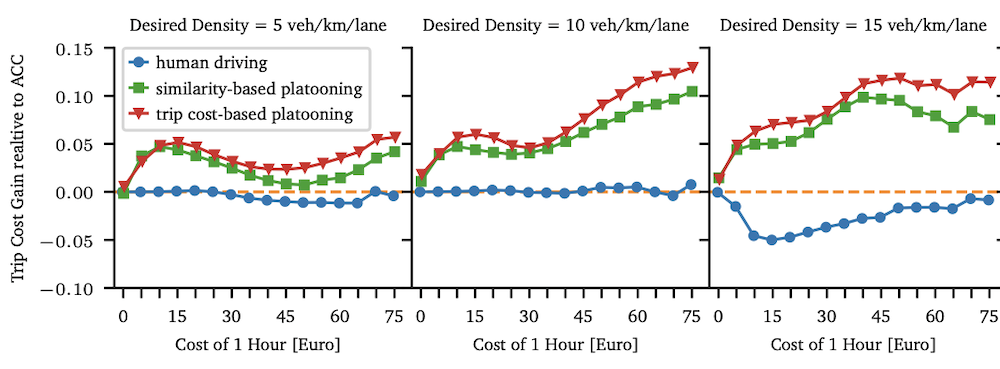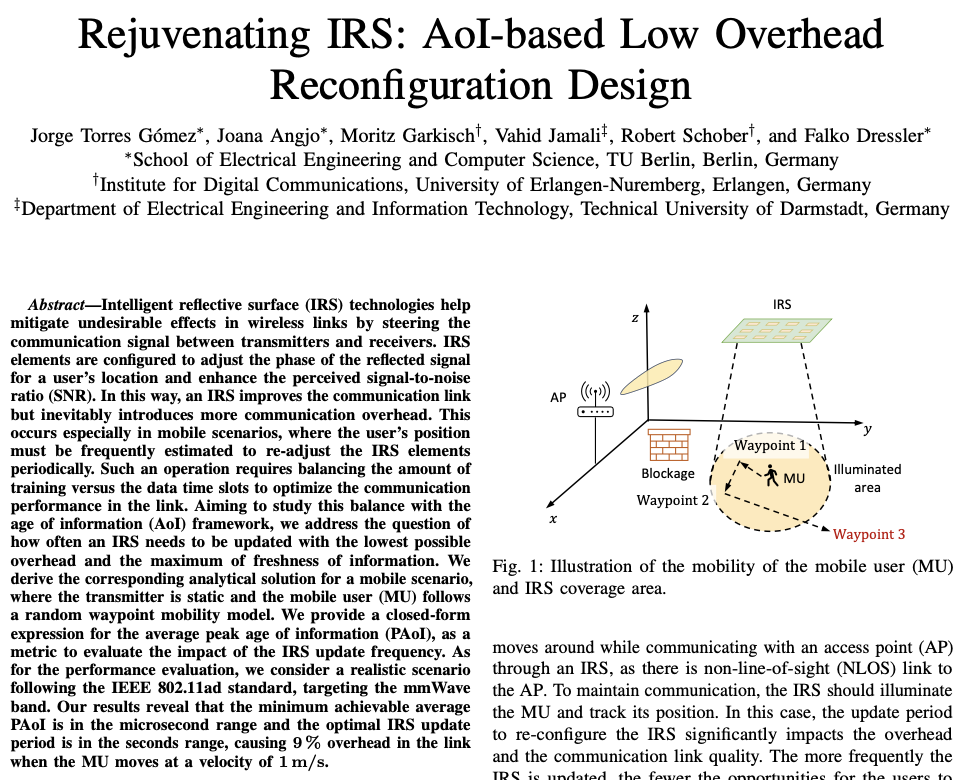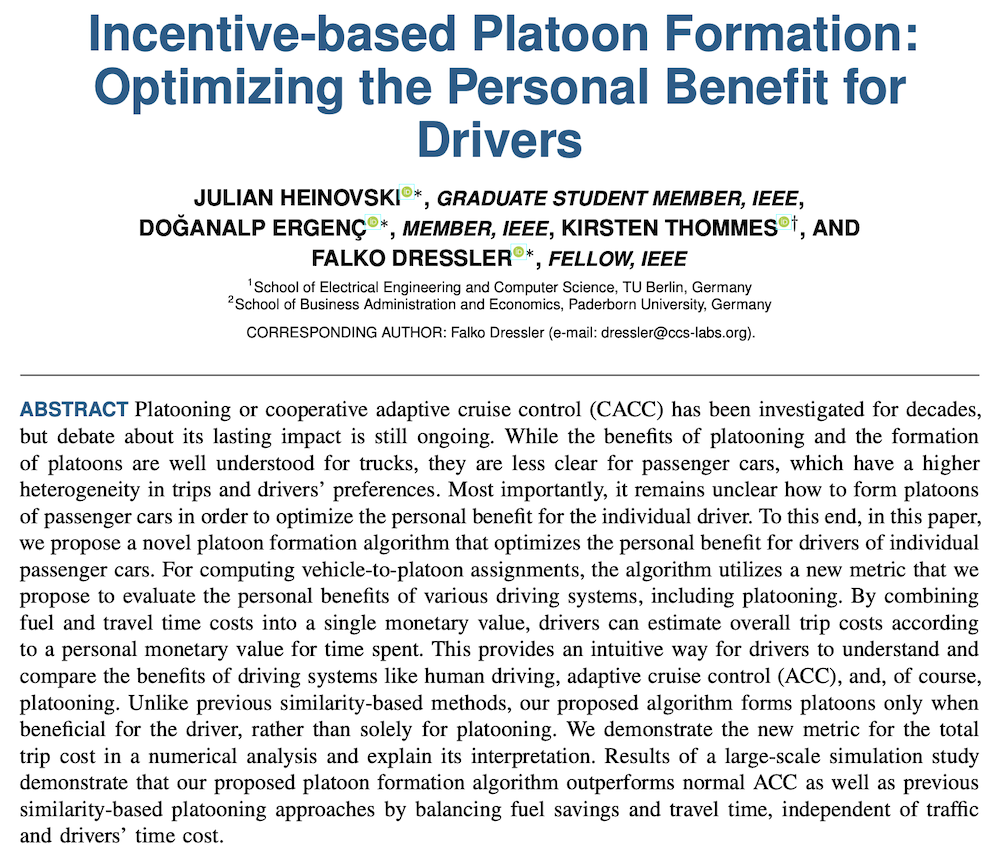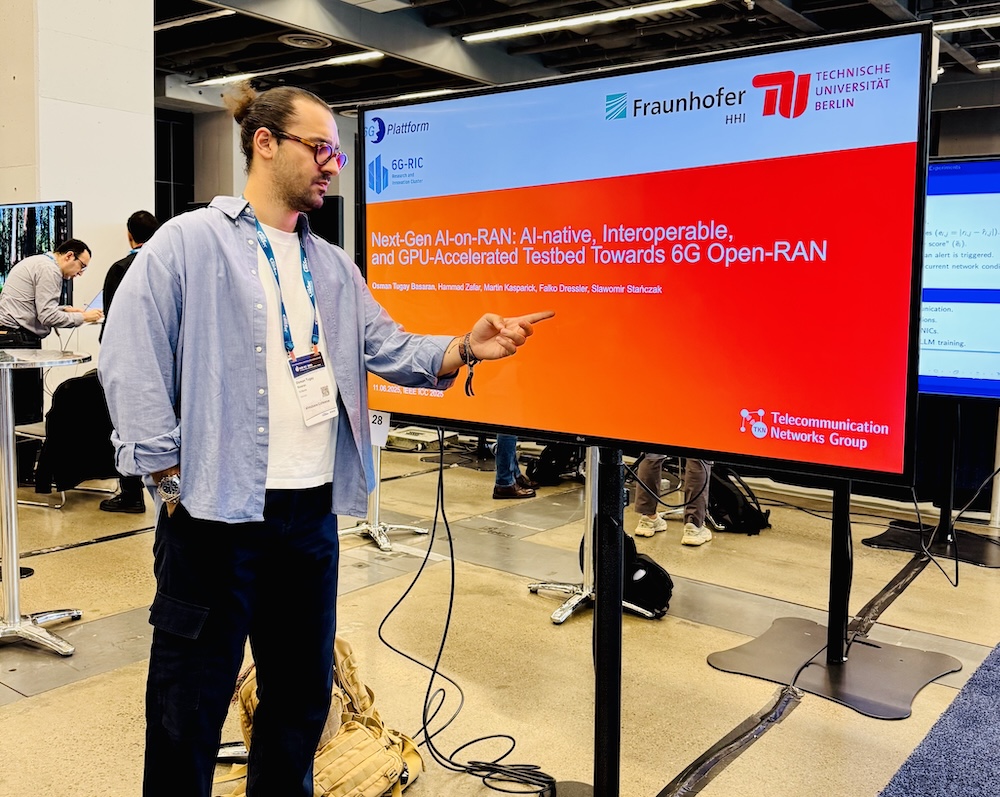Literature Database Entry
lampert2005implementierung
Ronny Lampert, "Implementierung einer IPFIX/PSAMP Probe," Bachelor Thesis, Department of Computer Science, Friedrich–Alexander University of Erlangen–Nuremberg (FAU), June 2005. (Advisor: Falko Dressler)
Abstract
The following paper discusses a software package named VERMONT allowing to turn a standard PC into an IPFIX/PSAMP probe. IPFIX and PSAMP are newly created protocolls being in active specification through the IETF deemed as successors for NetFlowV9. Their purpose is the supervision of networking components and logging of connection data in IP-based networks. The primary goal of this work was to develop a probe capable of processing traffic in high speed networks and to export the gathered data to a central instance with respect to distributed intrusion detection. A second goal was to use aggregation to reduce the gathered data streams while still retaining all information. VERMONT integrates three previously independent parts to fullfill the described functionality under a consistend configuration interface. Profiling data was used to improve the source code quality, and work was done to improve the modules' reliability. To evaluate the design some tests were conducted with respect to interoperability and performance showing that VERMONT is currently not capable to process high speed network traffic withouth packet loss. Aggregation is robust and interoperates with existing products like nProbe or NetFlowV9 encoded data.
Quick access
Contact
Ronny Lampert
BibTeX reference
@phdthesis{lampert2005implementierung,
author = {Lampert, Ronny},
title = {{Implementierung einer IPFIX/PSAMP Probe}},
advisor = {Dressler, Falko},
institution = {Department of Computer Science},
location = {Erlangen, Germany},
month = {6},
school = {Friedrich--Alexander University of Erlangen--Nuremberg (FAU)},
type = {Bachelor Thesis},
year = {2005},
}
Copyright notice
Links to final or draft versions of papers are presented here to ensure timely dissemination of scholarly and technical work. Copyright and all rights therein are retained by authors or by other copyright holders. All persons copying this information are expected to adhere to the terms and constraints invoked by each author's copyright. In most cases, these works may not be reposted or distributed for commercial purposes without the explicit permission of the copyright holder.
The following applies to all papers listed above that have IEEE copyrights: Personal use of this material is permitted. However, permission to reprint/republish this material for advertising or promotional purposes or for creating new collective works for resale or redistribution to servers or lists, or to reuse any copyrighted component of this work in other works must be obtained from the IEEE.
The following applies to all papers listed above that are in submission to IEEE conference/workshop proceedings or journals: This work has been submitted to the IEEE for possible publication. Copyright may be transferred without notice, after which this version may no longer be accessible.
The following applies to all papers listed above that have ACM copyrights: ACM COPYRIGHT NOTICE. Permission to make digital or hard copies of part or all of this work for personal or classroom use is granted without fee provided that copies are not made or distributed for profit or commercial advantage and that copies bear this notice and the full citation on the first page. Copyrights for components of this work owned by others than ACM must be honored. Abstracting with credit is permitted. To copy otherwise, to republish, to post on servers, or to redistribute to lists, requires prior specific permission and/or a fee. Request permissions from Publications Dept., ACM, Inc., fax +1 (212) 869-0481, or permissions@acm.org.
The following applies to all SpringerLink papers listed above that have Springer Science+Business Media copyrights: The original publication is available at www.springerlink.com.
This page was automatically generated using BibDB and bib2web.








